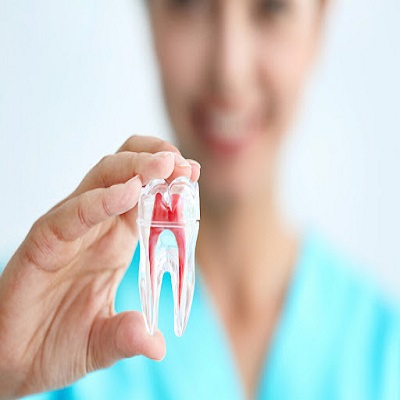
A root canal treatment in Islamabad is a common dental procedure designed to save a damaged or infected tooth. While the procedure itself is often completed in one or two visits, many people wonder how long it takes to fully recover. The good news is that most patients recover quickly, with minimal discomfort. However, the exact recovery time varies depending on factors like the severity of the infection, aftercare practices, and individual healing ability.
In this article, we’ll discuss the typical recovery timeline, factors that influence healing, aftercare tips, and signs that may indicate complications.
Typical Root Canal Recovery Timeline
The recovery time after a root canal varies from person to person, but here’s what most patients can expect:
First 24–48 Hours
- Mild soreness or discomfort in the treated tooth and surrounding gums.
- Minor swelling near the affected area.
- Some sensitivity when chewing, especially if a temporary filling was placed.
- Pain is usually manageable with over-the-counter painkillers like ibuprofen or acetaminophen.
3–5 Days After Treatment
- Most discomfort gradually fades away.
- Eating becomes easier, but it’s still best to avoid chewing hard foods on the treated tooth.
- Swelling should reduce, and sensitivity should be minimal.
1–2 Weeks After Treatment
- The treated tooth should feel normal, with little to no discomfort.
- If a temporary filling was used, your dentist may schedule an appointment for a permanent filling or crown.
Full Recovery (Up to a Month)
- If a crown is placed, the tooth should be fully functional after healing.
- Some patients may experience occasional mild sensitivity, but it gradually disappears.
💡 Most people return to their normal routine within 1–2 days after a root canal!
Factors That Affect Root Canal Recovery
While many people recover quickly, certain factors can influence how long the healing process takes:
1. Severity of the Infection
- If the tooth was severely infected or abscessed, healing may take a bit longer.
- In some cases, a dentist may prescribe antibiotics to prevent further infection.
2. Aftercare and Oral Hygiene
- Following proper aftercare (brushing, flossing, and avoiding hard foods) helps speed up healing.
- Ignoring oral hygiene increases infection risk and may delay recovery.
3. Placement of a Crown or Filling
- If your dentist recommends a dental crown, getting it on time is crucial.
- Delaying the crown can expose the treated tooth to damage or re-infection.
4. Individual Healing Ability
- Some people naturally heal faster than others.
- Underlying health conditions (such as diabetes or immune system disorders) may slow down recovery.
Tips for a Faster Root Canal Recovery
To ensure a smooth and quick recovery, follow these aftercare tips:
1. Manage Pain and Swelling
- Take over-the-counter pain relievers (as recommended by your dentist).
- Apply a cold compress to the cheek for 10–15 minutes to reduce swelling.
2. Eat Soft and Nutritious Foods
- Stick to soft foods like mashed potatoes, yogurt, soups, and smoothies for the first few days.
- Avoid hard, crunchy, or sticky foods that could damage the treated tooth.
3. Avoid Chewing on the Treated Tooth
- Until a permanent filling or crown is placed, avoid chewing on the treated side.
- This prevents damage to the temporary filling and allows healing.
4. Maintain Good Oral Hygiene
- Brush gently around the treated area.
- Floss carefully to prevent bacteria buildup.
- Use an antiseptic mouthwash if recommended by your dentist.
5. Attend Follow-Up Appointments
- Your dentist will check your healing progress and ensure the tooth is properly restored.
- If a crown is needed, schedule it as soon as possible to protect the tooth.
Signs of Complications After a Root Canal
Most root canals heal without issues, but if you experience any of the following symptoms, contact your dentist immediately:
🚨 Severe Pain That Doesn’t Improve – Mild pain is normal, but sharp, throbbing pain after a few days may indicate a problem.
🚨 Swelling That Gets Worse – Some swelling is expected, but persistent or increasing swelling could mean infection.
🚨 Fever or Chills – A sign of infection that may require antibiotics.
🚨 Bite Feels Uneven – If your bite feels off after a few days, the filling or crown might need an adjustment.
🚨 Pus or a Bad Taste in the Mouth – Indicates a possible infection or abscess that needs treatment.
💡 If you experience any of these symptoms, don’t ignore them—contact your dentist as soon as possible!
Conclusion: A Quick and Easy Recovery
Most people recover from a root canal within a few days to a week, with minimal pain and discomfort. Following your dentist’s aftercare instructions, maintaining good oral hygiene, and getting a crown if needed will ensure long-lasting results.
If you have concerns about root canal recovery, schedule a consultation with a trusted dentist in Islamabad for expert advice and care.